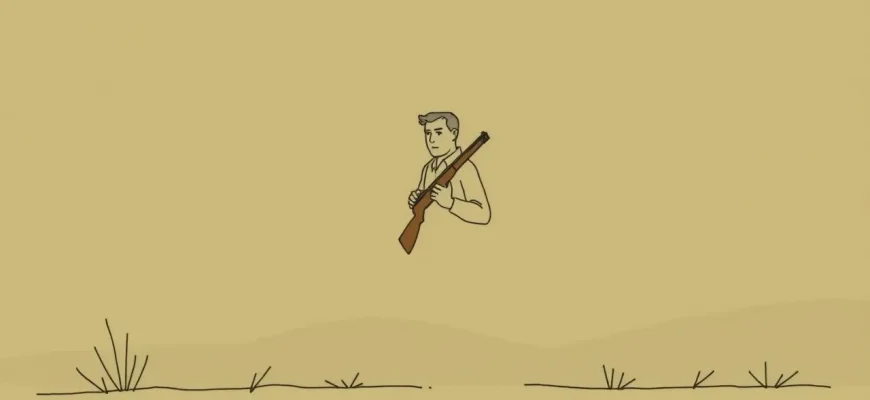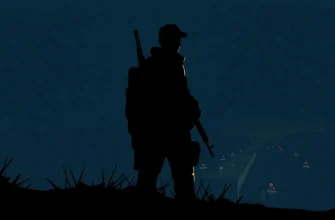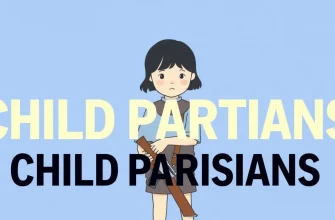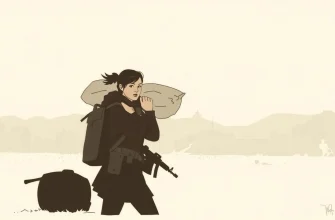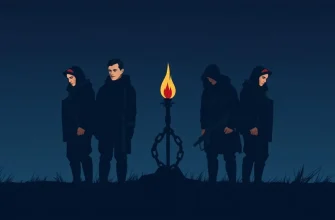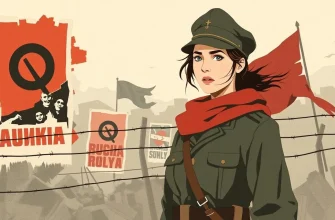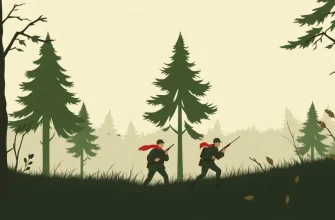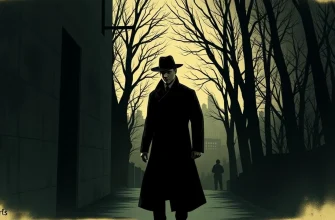Dive into the heart of resistance with our curated list of films that bring to life the stories of partisans during some of history's most tumultuous times. These films not only entertain but also educate, offering a glimpse into the courage, sacrifice, and resilience of individuals who fought against oppression. From the dense forests of Europe to the rugged terrains of Asia, these cinematic works capture the essence of guerrilla warfare and the human spirit's indomitable will to fight for freedom.
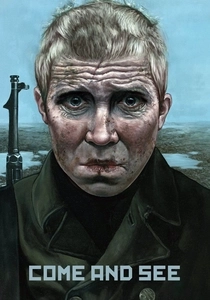
Come and See (1985)
Description: A harrowing depiction of the Nazi occupation of Belarus, focusing on a young boy who joins the partisans and witnesses the horrors of war. This film is known for its raw portrayal of the brutality of conflict.
Fact: The film was shot in chronological order to capture the psychological transformation of the main character, and it uses real locations where the events took place.
 Watch Now
Watch Now 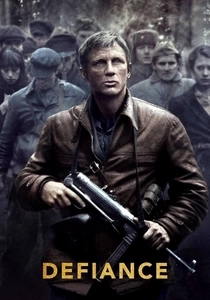
Defiance (2008)
Description: This film chronicles the true story of the Bielski partisans, a group of Jewish brothers who saved hundreds of Jews during WWII by hiding them in the forests of Belarus. It's a tale of survival, resistance, and the fight for justice.
Fact: The film was shot in Lithuania, where many of the actual events took place. Daniel Craig, who plays Tuvia Bielski, learned Yiddish for his role.
 Watch Now
Watch Now 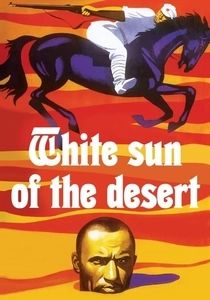
The White Sun of the Desert (1970)
Description: While not strictly a partisan film, it features a Red Army soldier who becomes involved with a group of partisans in Central Asia, highlighting the diverse fronts of WWII.
Fact: The film has become a cult classic in Russia, often quoted and parodied, and its theme song is widely recognized.
 Watch Now
Watch Now 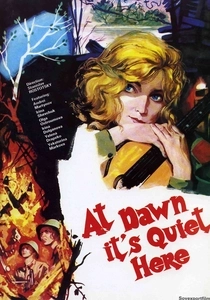
The Dawns Here Are Quiet (1972)
Description: Set during WWII, this Soviet film follows a group of female anti-aircraft gunners who, under the command of a male sergeant, fight against German forces. It's a poignant look at the often overlooked role of women in partisan warfare.
Fact: The film was remade in 2015, but the original remains a classic for its depiction of the Eastern Front.
 Watch Now
Watch Now 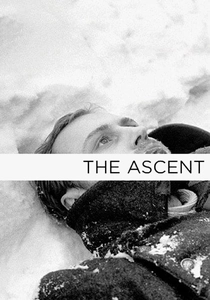
The Ascent (1977)
Description: Set during the German occupation of the Soviet Union, this film follows two partisans on a mission that turns into a moral and physical ordeal. It's a stark, existential look at the choices made in war.
Fact: The film won the Golden Prize at the 10th Moscow International Film Festival and was nominated for an Academy Award for Best Foreign Language Film.
 30 Days Free
30 Days Free 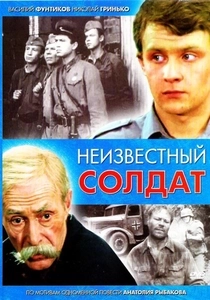
The Unknown Soldier (1985)
Description: This Finnish film, based on a novel, follows a group of Finnish soldiers during the Continuation War, showcasing their transformation into partisans fighting against Soviet forces.
Fact: The film was remade in 2017, but the original remains a significant piece of Finnish cinema.
 30 Days Free
30 Days Free 
The Red Chapel (2009)
Description: Although not a traditional partisan film, this documentary follows a group of Danish comedians who infiltrate North Korea to perform and secretly document the oppressive regime, showcasing a different form of resistance.
Fact: The film was banned in North Korea, and the participants faced significant risks for their undercover mission.
 30 Days Free
30 Days Free 
The Battle of Neretva (1969)
Description: This epic war film depicts the famous battle during WWII where Yugoslav partisans outmaneuvered German forces. It's a grand spectacle of resistance and strategic warfare.
Fact: The film was one of the most expensive European films ever made at the time, with a budget of over $12 million.
 30 Days Free
30 Days Free 
The Partisans (1963)
Description: This Italian film tells the story of Italian partisans during WWII, focusing on their fight against the Fascist regime and the German occupation. It's a testament to the widespread resistance movements across Europe.
Fact: The film was shot in the actual locations where the events took place, adding authenticity to the narrative.
 30 Days Free
30 Days Free 
The Bridge (1969)
Description: A Yugoslavian film that portrays the partisan struggle during WWII, focusing on the defense of a bridge crucial for the German retreat. It's a story of bravery and sacrifice.
Fact: The film was shot in black and white to give it a more documentary feel, enhancing the realism of the events.
 30 Days Free
30 Days Free 
